
12 Sep, 2018
How long before Langkawi becomes another Boracay?
Langkawi, Malaysia — How long before the once pristine, unspoiled island of Langkawi goes the same way as Boracay, the Philippines island that was shut down earlier this year for a few months breather from the pressure of tourism?
That was the question I posed right at the start of a workshop on forging stronger linkages between travel & tourism and the UN Sustainable Development Goals, on Monday 10 Sept at the Frangipani Resort and Spa, Langkawi. It was the first such workshop on this topic organised in Langkawi and arguably the first in Malaysia.
The question triggered a fascinating discussion about the future directions of tourism in Langkawi, host of the 2018 PATA Travel Mart. One participant gave it two years, another felt five years and a third said 10. No-one said it would not happen. All were agreed that it was a question of when, not if.
Firing up the discussion was a small but articulate and diverse group of participants from the grassroots of Langkawi society. It included representatives of women’s groups and guides, a “Trash Hero”, a security officer, environmentalists, an actor-cum-director, and more. They talked about grassroots problems impacting on Langkawi and their own personal livelihoods and involvement with tourism, now the island’s leading economic sector.
With the exception of the co-organiser, Frangipani Resort’s Managing Director Anthony Wong, one of Asia’s most prominent environmental tourism pioneers, and Dato’ Alexander J., the CEO of Tropical Charters, the workshop was CEO-free. It was also free of involvement by any local, national or international travel association or entity. That removed the traditionally politically-correct constraints to a free and frank discussion. Participants eagerly shared stories and viewpoints that they would otherwise have been reluctant to express.
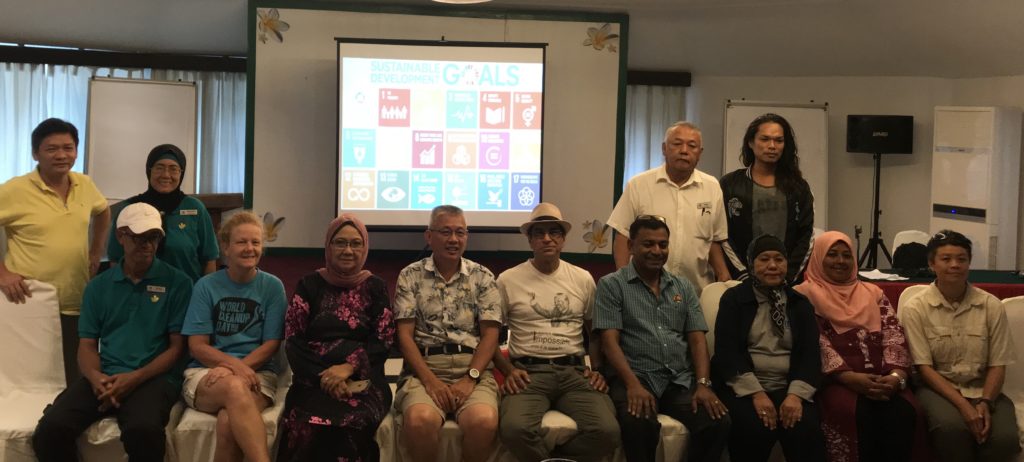
Seated fourth from left, Anthony Wong, Imtiaz Muqbil and Dato Alexander, along with some of the workshop participants. Four more are not in the picture.
I outlined each of the 17 SDGs, explained their importance and asked the participants to rate Langkawi’s status against each. It was a lopsided score-card. While a lot is being done to alleviate poverty, promote jobs for women and facilitate small and medium sized enterprises, the Langkawi tourism industry was generally agreed to be doing poorly on environmental preservation, jobs for the physically challenged, fighting corruption, enforcing the law and a range of other topics that comprised the “operating environment” for travel & tourism.
The urgency to tackle these underlying problems is now high in the wake of the recent Malaysian national election results. The Malaysian people found their voice and voted out a perceived corrupt and crony-ridden government. In my talk, I showed participants a Photo Essay published in the September issue of the Malaysian Airlines magazine — a collection of exquisite photographs by Mango Loke of “random Malaysians” voicing their hopes for a “Brighter Tomorrow” in Malaysia. Yes, many want economic progress and prosperity, but they also want free, fair, just, democratic systems of governance.
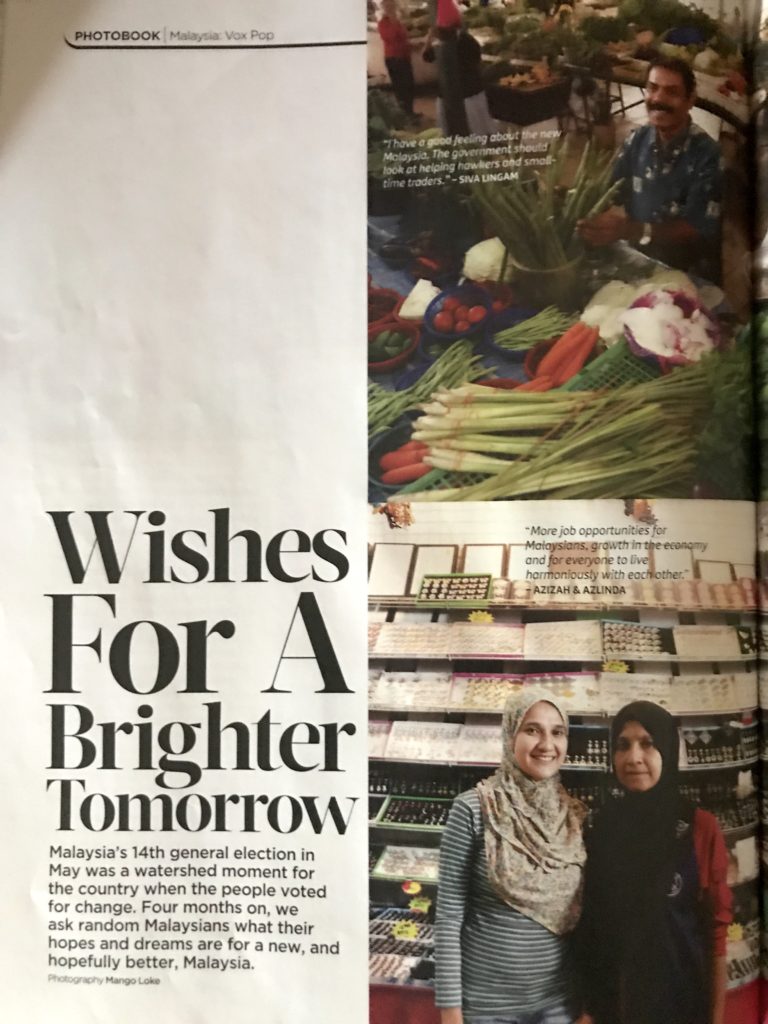
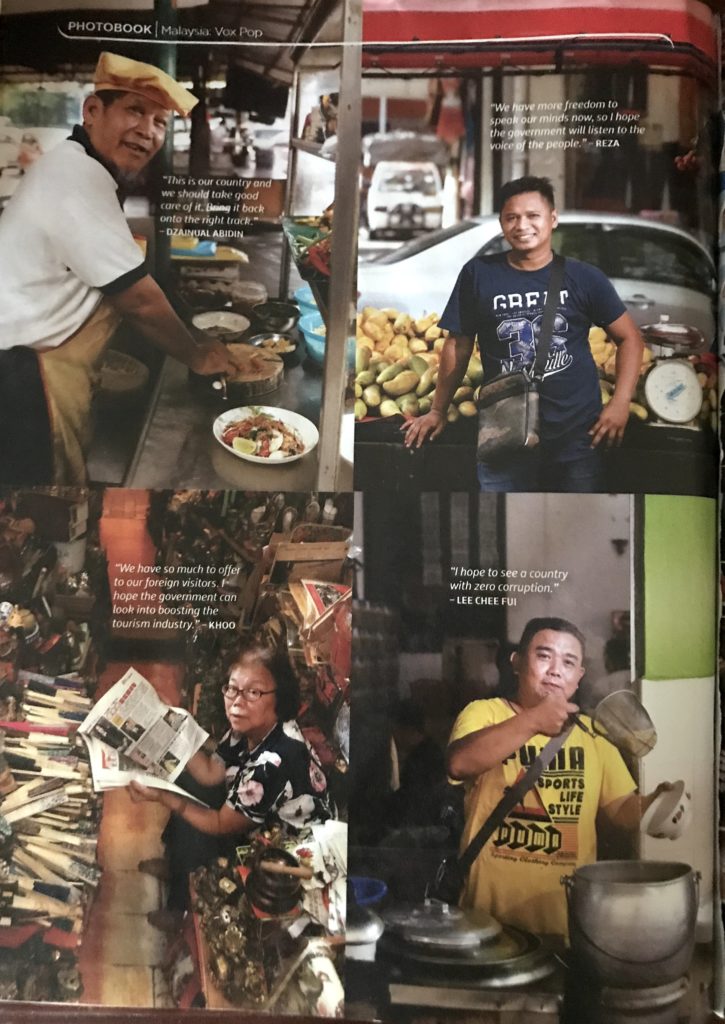

Just as these “random Malaysians” found the pre-election situation intolerable and pulled off a regime change, so, too, in tourism where many destinations worldwide are finding the crush of tourists crossing the tolerance level.
In fact, it was the now disgraced former Prime Minister Najib Abdul Razak who had committed Malaysia to observing the UN SDGs, in his speech to the UN General Assembly in September 2015. In line with that commitment, the Malaysian Department of Statistics prominently features the Sustainable Development Goals on its website. Two newsletters have been issued outlining the progress. The website lists a number of meetings held between the Department of Statistics and various ministries. As of November 2017, the Ministry of Tourism, Arts and Culture was not on the list.
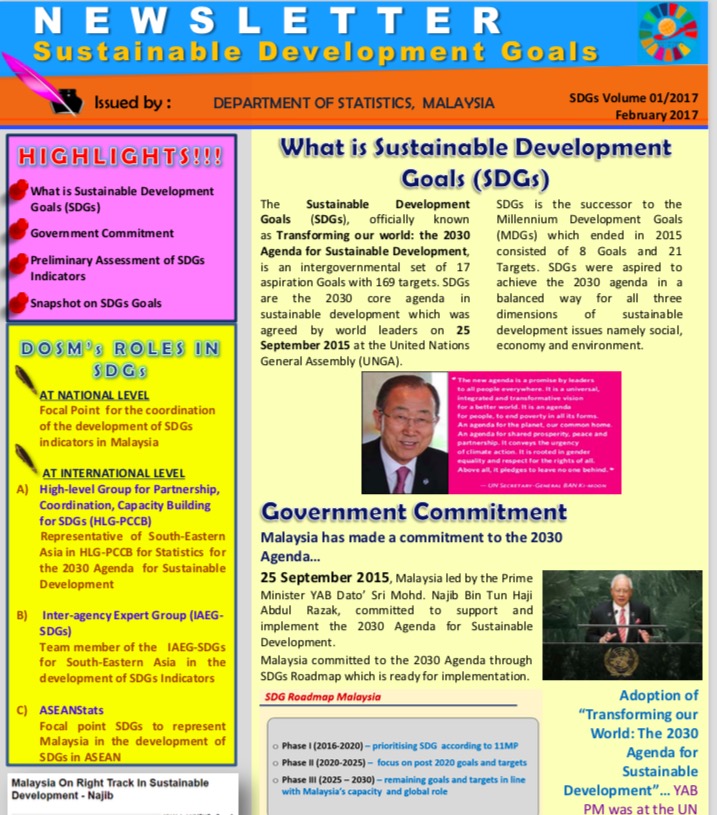
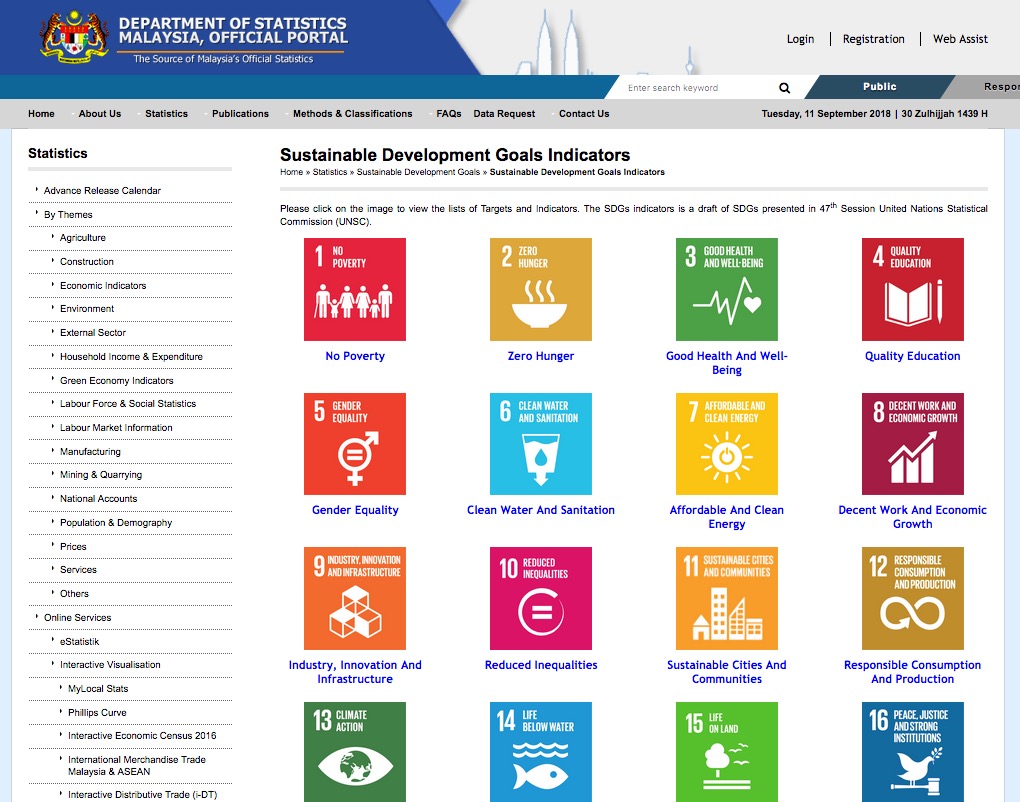
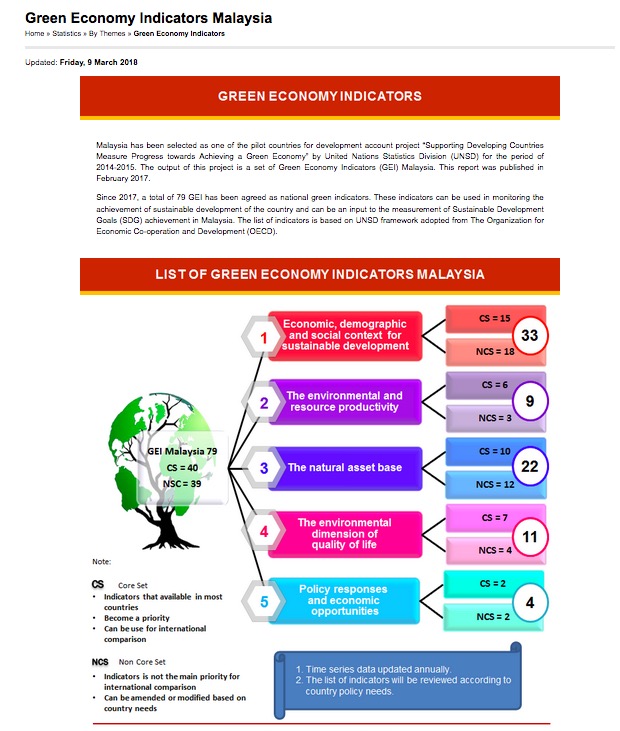
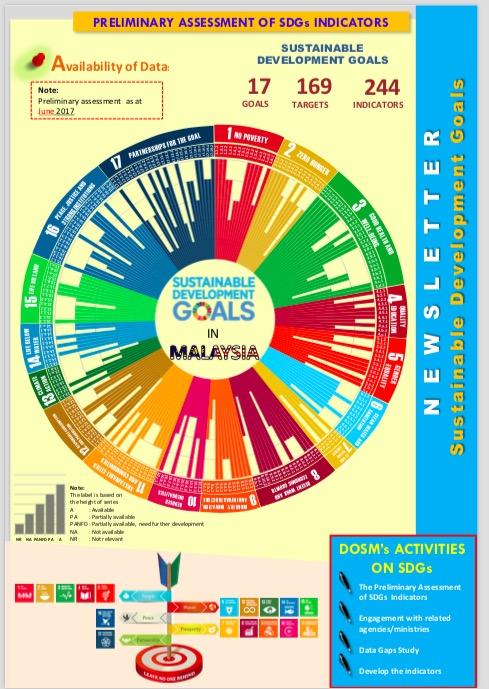
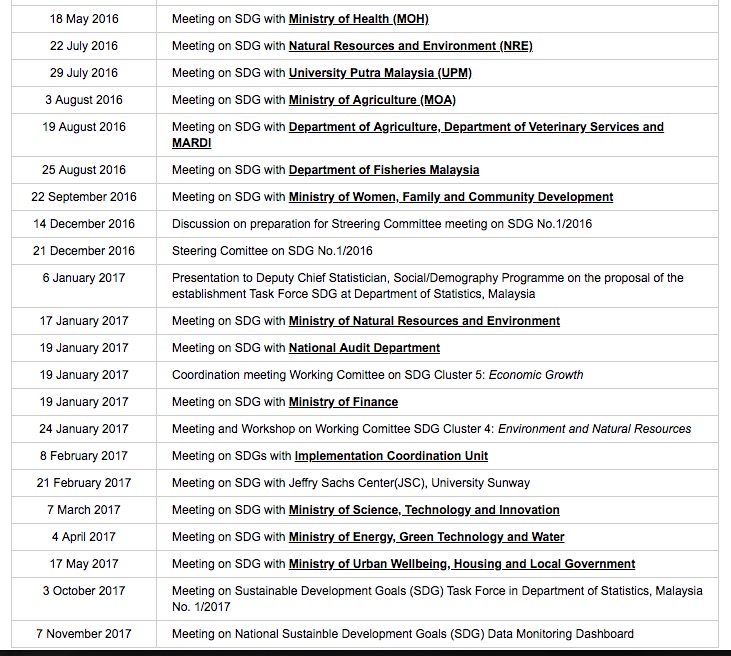
The Langkawi Tourism Blueprint for 2011-15 frequently mentions the need to ensure balanced development, which lies at the crux of the SDGs. Clearly drafted in 2010 or earlier, the Blueprint says Langkawi possesses all the natural resources needed to ensure strong tourism growth. But it also sounds the same stereotype warnings about the environment the industry has repeatedly flagged ad nauseum, before going back to business as usual.
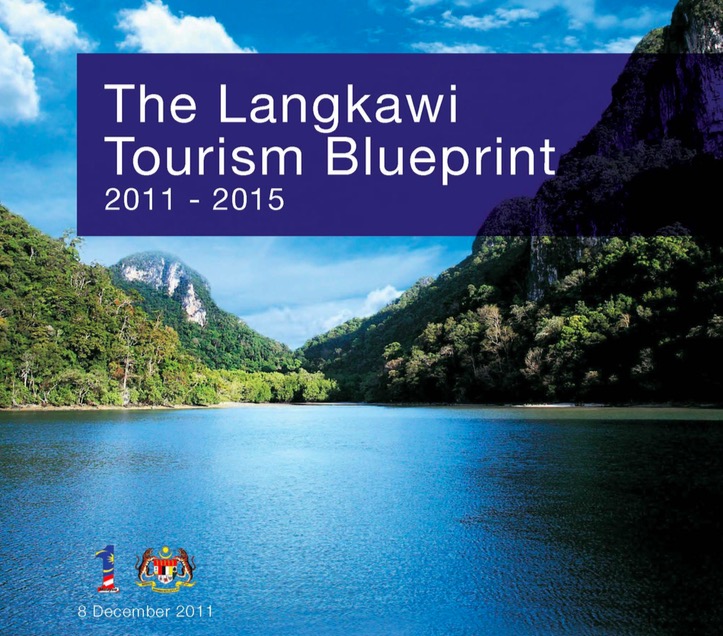
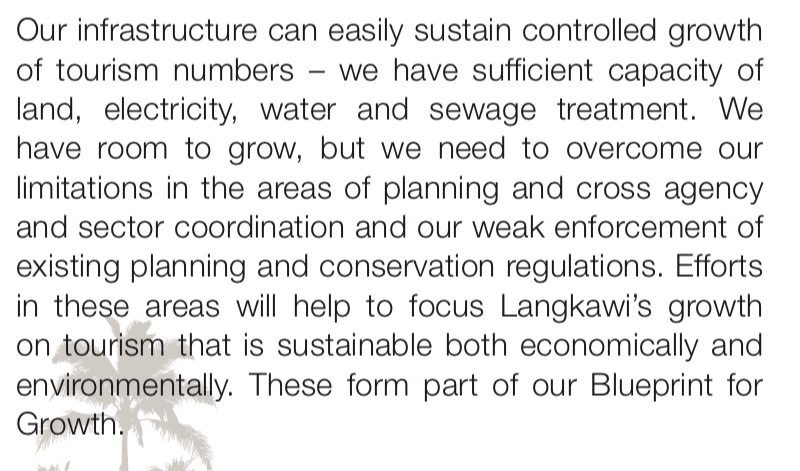

I first visited Langkawi in 1991 for the ASEAN Tourism Forum. Last week, I revisited my notes from that event. The airport was still not open for international flights. A duty free-port status had been declared in 1987. The total population of the island was just over 42,000, projected to rise to over 100,000 by 2005. The Mahsuri Convention Centre had just been opened. Master plans had been done for the island’s development to pursue a mix between agriculture, fisheries, manufacturing and tourism/aviation.
A lot of emphasis was supposedly going to be put on environmental preservation and conservation. Speakers at the ATF 1991 Press conference outlined plans to preserve the sensitive areas and efficiently manage coastal development. One regulation was that new developments would need to be at least 80 m from highest water-mark. Small manufacturers were to be located to a special zone. There were plans to control noise pollution and emission of dust, odors and toxic waste.
Tourism arrivals were projected at 420,000 in 1991 and expected to rise to 1.3 million by 2005. Zoning plans had been laid for all accommodation to be dispersed over eight areas. The island had two golf courses at the time, with plans to add two more more. Two years earlier, the island had hosted the Commonwealth Heads of Government Meeting (CHOGM) which had issued a lofty Langkawi Declaration on the Environment on 21 Oct 1989. Not surprisingly, a lot of the questions at the Press conference were about the environment, including carrying capacity, water treatment plants, zoning, controls on high rise buildings, beach pollution etc.
That was nearly 30 years ago. Today, many of those challenges still seem to be around. Visitor arrivals have grown to 3.7 million. The economic numbers are growing as planned, but the ecological and SDG targets are clearly off.
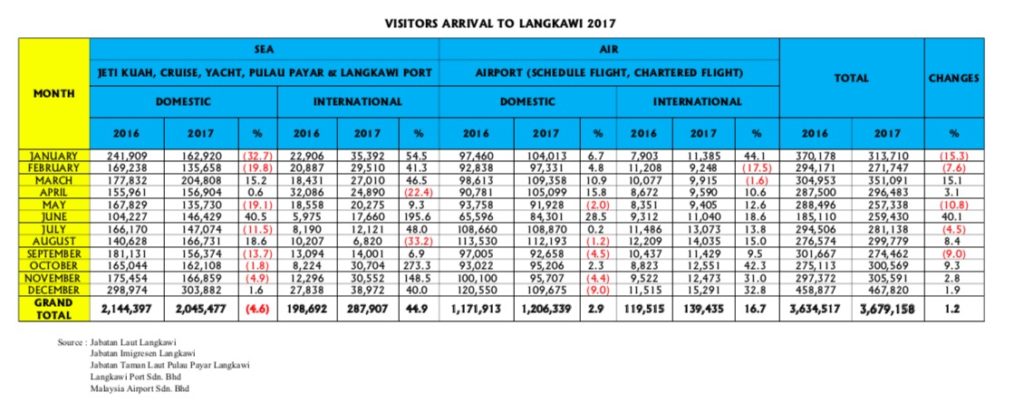
As always, the travel & tourism industry is guilty. The PATA Travel Mart agenda is full of technobabble and doing-business topics. The PTM is, after all, a trade show in which Profits take priority over Planet. Whether the fault lies with PATA or with the Malaysian hosts or both is unclear. Ignoring the lessons of history is a common problem systemwide. There is no shortage of grand awards, certification schemes, policies, plans and speeches. But it does not take more than a cursory drive around Langkawi to see that the island is well on its way to becoming another Boracay.
That is the priority challenge flagged at the first workshop organised by the Frangipani Resort’s Mr. Anthony Wong and myself. Yes, local people are aware that the talk of 1991 is not being walked in 2018. They want to re-set the balance. Immediately after the workshop, Mr Wong moved promptly to walk the talk of his own resort’s adherence to the SDGs. The SDGs logo is now prominently affixed to the guest services billboard, clearly showing the Frangipani’s commitment to scoring the wider global goals.
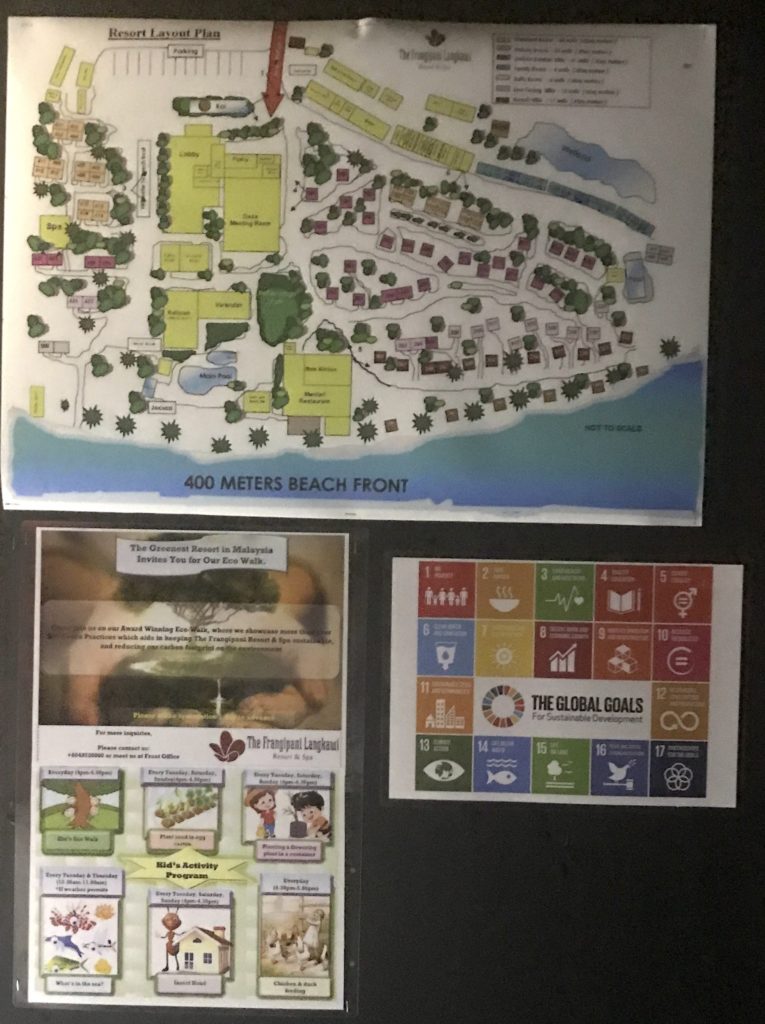



Liked this article? Share it!